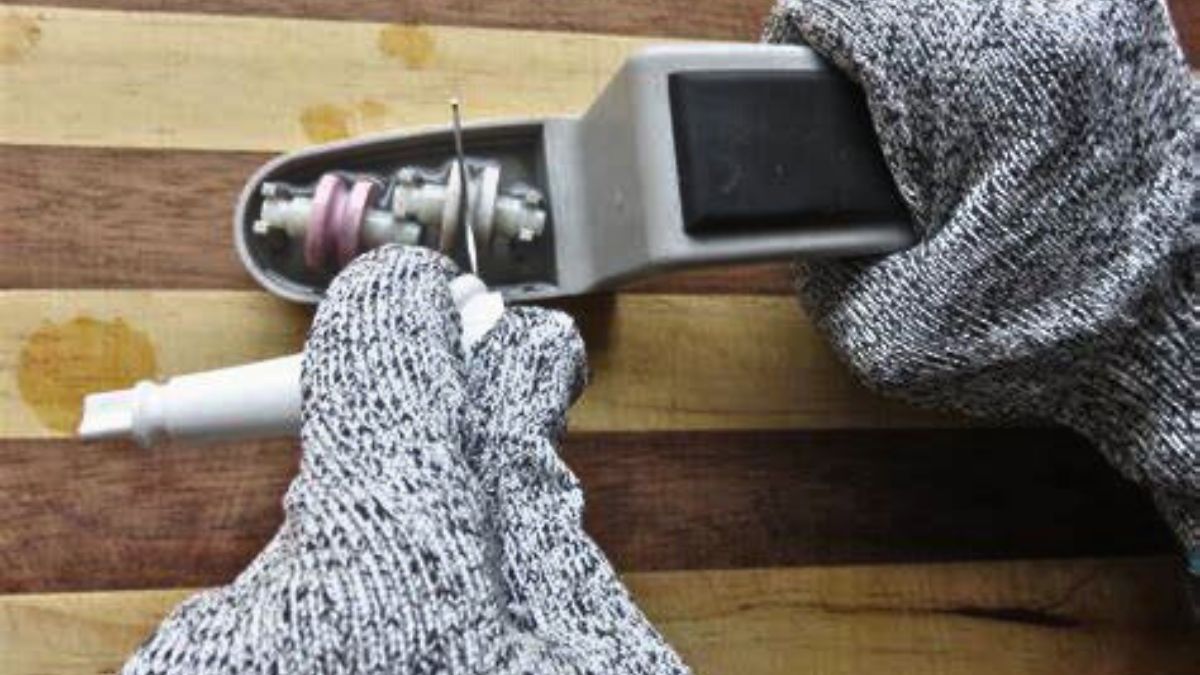

Articles
How To Sharpen Food Processor Blades
Modified: February 28, 2024
Learn how to easily sharpen your food processor blades with our informative articles. Keep your blades sharp for efficient food processing.
(Many of the links in this article redirect to a specific reviewed product. Your purchase of these products through affiliate links helps to generate commission for Storables.com, at no extra cost. Learn more)
Introduction
Food processors are valuable kitchen appliances that aid in food preparation, saving time and effort. One of the key components of a food processor is its blades, which perform the crucial task of chopping, slicing, and grinding ingredients. Over time, these blades can become dull, reducing the efficiency and effectiveness of the food processor.
Fortunately, there is a solution to this problem – sharpening the food processor blades. Sharpening the blades not only improves their performance but also extends the lifespan of the appliance. In this article, we will guide you through the process of sharpening food processor blades, ensuring that you can continue to enjoy the full potential of your food processor.
Before we dive into the step-by-step process, it’s important to understand the different types of food processor blades and their functions. Food processors typically come with a variety of blades, including a chopping blade, slicing blade, dough blade, and shredding disc. Each blade is designed for specific tasks, providing versatility and efficiency in the kitchen.
Sharpening the blades of a food processor may seem like a daunting task, but with the right tools and knowledge, it can be done easily and safely. However, it’s crucial to prioritize safety throughout the process. Always follow the manufacturer’s guidelines and take the necessary precautions to avoid accidents or damage to the appliance.
Before we get started, let’s gather the tools and materials we’ll need for this sharpening project.
Key Takeaways:
- Sharpening food processor blades is essential for maintaining kitchen efficiency and safety. Understanding the different blade types, following safety precautions, and using the right tools can help prolong the lifespan of your appliance.
- Proper maintenance, including regular sharpening, testing, and care, is crucial for keeping food processor blades sharp and effective. By following these guidelines, you can ensure optimal performance and longevity for your appliance.
Read more: Which Blade To Use On Food Processor
Understanding Food Processor Blades
Food processor blades are the essential components that enable the machine to accomplish various culinary tasks. Understanding the different types of blades and their functions is vital for effectively operating and maintaining your food processor.
1. Chopping Blade: The chopping blade, also known as the S-shaped blade, is the most commonly used blade in a food processor. This versatile blade is designed to chop, mince, puree, and mix ingredients. It features sharp edges that quickly and efficiently process food, making it ideal for tasks like chopping onions, making pesto, or preparing dough.
2. Slicing Blade: The slicing blade is a flat disk with a sharp circumference and is primarily used for slicing ingredients like vegetables or fruits. By adjusting the thickness setting on the food processor, you can achieve uniformly sliced pieces for salads, stir-fries, or garnishes.
3. Dough Blade: As the name suggests, the dough blade is specifically designed for kneading and mixing dough. This blade has a blunt edge and a unique shape that effectively combines flour, water, and other ingredients to produce the desired texture for bread, pizza dough, or pastry.
4. Shredding Disc: The shredding disc is an attachment that facilitates the shredding or grating of ingredients. It consists of sharp blades or prongs that can be adjusted to achieve different levels of shred thickness. This disc is perfect for shredding vegetables, cheese, or even creating your own homemade breadcrumbs.
Understanding the functionality and purpose of each blade allows you to leverage your food processor to its fullest potential and make the most out of your culinary endeavors. Now that we have a better grasp of the different blades, let’s move on to the next section, where we’ll cover some essential safety precautions to keep in mind while working with food processor blades.
Safety Precautions
Sharpening food processor blades requires careful attention and adherence to safety guidelines to prevent accidents or damage to yourself or the appliance. Before you begin the sharpening process, make sure to follow these essential safety precautions:
1. Disconnect the Power: Before working on your food processor, ensure that it is unplugged from the power source. This will prevent any accidental start-up of the appliance during the blade sharpening process.
2. Wear Protective Gear: It is recommended to wear protective gloves to shield your hands from potential injuries. Additionally, consider wearing safety goggles to protect your eyes from any particles that may dislodge during the sharpening process.
3. Work in a Well-Ventilated Area: Choose a well-ventilated area or work near an open window when sharpening your food processor blades. This allows for proper airflow and helps disperse any fine metal particles or dust that may be generated during the sharpening process.
4. Read the Manufacturer’s Instructions: Familiarize yourself with the specific instructions provided by the food processor manufacturer. They may include guidelines or precautions specific to your model, ensuring that you operate the appliance correctly and safely.
5. Secure the Blade Properly: When removing or handling the blades, exercise caution to prevent accidental cuts. Some food processors have blade-locking mechanisms or special tools for safely securing and handling the blades. Use these features if available.
6. Sharpen Blades Away from Food: Always sharpen your food processor blades away from any food items or surfaces where food is prepared. This prevents any contamination or accidental contact between the sharpened blades and your food ingredients.
By following these safety precautions, you can minimize the risk of accidents and ensure a safe sharpening experience. Now let’s move on to the next section, where we’ll discuss the tools and materials you’ll need for sharpening the food processor blades.
Tools and Materials Needed
Before you start the process of sharpening your food processor blades, gather the following tools and materials:
- Flathead Screwdriver: This will be used to remove the screws that secure the blades to the food processor base. Make sure the screwdriver fits properly and provides good grip.
- Soft Cloth: A soft cloth or microfiber cloth will be used to clean any debris or residue from the blades and the food processor.
- Sharpening Stone or Whetstone: This is the main tool for sharpening the blades. Look for a sharpening stone with a medium grit for best results. Alternatively, you can use a whetstone or a sharpening steel, depending on your preference.
- Lubricant Oil: To ensure smooth and efficient blade movement, you’ll need a food-grade lubricant oil. This will help reduce friction and prolong the lifespan of the blades.
- Container with Water: You’ll need a container filled with water to immerse the sharpening stone or whetstone before and during the sharpening process. This helps keep the stone lubricated and prevents heat buildup.
- Cutting Board or Table: Find a stable surface to place the cutting board or table on. This will serve as your work area where you can comfortably sharpen the blades.
- Optional: Blade Balancer or Coin: If you have a blade balancer or a coin with the same thickness as the blades, it can help you determine if the blades are properly balanced after sharpening.
Ensure that you have all the necessary tools and materials before you begin the sharpening process. This will help you work smoothly and efficiently without any interruptions. Now that we have everything ready, let’s move on to the step-by-step guide for sharpening your food processor blades.
When sharpening food processor blades, use a sharpening stone or a diamond-coated sharpening tool to carefully sharpen the edges at a 20-degree angle. Be sure to maintain a consistent angle and apply even pressure for best results.
Step-by-Step Guide to Sharpening Food Processor Blades
Follow these step-by-step instructions to sharpen your food processor blades:
- Disconnect the Power: Ensure that your food processor is unplugged from the power source to prevent any accidents during the sharpening process.
- Remove the Blades: Using a flathead screwdriver, carefully remove the screws that secure the blades to the food processor base. Keep track of the screws so that you don’t misplace them.
- Clean the Blades: Use a soft cloth to wipe away any debris or residue from the blades. This step ensures that the sharpening process is carried out on clean surfaces.
- Prepare the Sharpening Stone: Immerse the sharpening stone or whetstone in water for a few minutes. This helps lubricate the stone and prepare it for the sharpening process.
- Hold the Blade at a Proper Angle: Hold the blade against the sharpening stone at a 20-degree angle. Use caution and ensure that you maintain a consistent angle throughout the sharpening process.
- Sharpen the Blade: With gentle and consistent pressure, move the blade back and forth across the sharpening stone. Start from the base of the blade and work your way towards the tip. Repeat this process on both sides of the blade.
- Check the Sharpness: After a few passes on each side, check the sharpness of the blade. If you are satisfied with the sharpness, move on to the next step. If not, continue sharpening until you achieve the desired sharpness.
- Clean and Oil the Blade: Once you are satisfied with the sharpness, clean the blade with a soft cloth to remove any metal particles. Apply a small amount of food-grade lubricant oil to the blade to ensure smooth movement.
- Reassemble the Blades: Carefully reattach the blades to the food processor base and secure them with the screws. Make sure they are tightly fastened but avoid over-tightening.
Following these steps will help you sharpen your food processor blades effectively. It’s important to sharpen both sides of the blade evenly to maintain balance. Now that your blades are sharp and properly reassembled, it’s time to test their sharpness.
Read more: What Is An S Blade On A Food Processor
Testing the Sharpness
Once you’ve sharpened your food processor blades, it’s important to test their sharpness before using them for food preparation. Here’s how you can test the sharpness:
- Reconnect the Power: Plug your food processor back into the power source, ensuring it is securely connected.
- Run a Test: To test the sharpness of the blades, use a small piece of a vegetable or fruit that requires chopping, such as a carrot or an onion.
- Process the Ingredient: Place the vegetable or fruit into the food processor and run it for a few seconds. Pay attention to the chopping or slicing results.
- Observe the Results: Check the consistency of the chopping or slicing. If the blades are properly sharpened, the ingredient should be evenly and precisely cut without any signs of tearing or inconsistency.
If the ingredient is not being chopped or sliced effectively, or if you notice any irregularities in the cutting results, the blades might require further sharpening. Repeat the sharpening process again to improve the sharpness until the desired results are achieved.
Remember, the sharpness of the blades plays a crucial role in the food processor’s performance. Sharp blades ensure efficient and consistent food processing, which ultimately enhances your cooking experience.
Now that your food processor blades are sharp and ready to use, it’s important to keep them in excellent condition. Let’s explore some tips and tricks for maintaining sharp blades and prolonging their lifespan.
Tips and Tricks for Maintaining Sharp Blades
Keeping your food processor blades sharp is essential for optimal performance and longevity. Here are some tips and tricks to help you maintain sharp blades:
- Clean the Blades Properly: After each use, make sure to remove any food debris or residue from the blades. Use warm, soapy water and a soft brush to gently scrub the blades. Rinse them thoroughly and dry them completely before storing.
- Avoid Dishwashing: Unless the manufacturer specifically states that the blades are dishwasher safe, it’s best to hand wash them. Dishwashers can cause the blades to dull or even rust due to harsh detergents and the high heat of the dishwasher cycles.
- Use Cutting Boards: To protect the blades from unnecessary wear and tear, always use cutting boards while processing food. Avoid cutting or chopping directly on hard surfaces like countertops, as this can dull the blades quickly.
- Sharpen Regularly: Regular maintenance of your food processor blades will keep them sharp and efficient. It’s a good idea to schedule blade sharpening every six months or as needed, depending on your usage frequency.
- Store Blades Properly: When not in use, store the blades in a safe and dry place. Consider using blade covers or storing them in a separate container to prevent accidental damage or contact with other utensils.
- Avoid Hard or Frozen Foods: While food processors are versatile appliances, it’s best to avoid using them for processing hard foods, such as ice cubes or frozen ingredients. These can cause undue stress on the blades and lead to dulling or damage.
- Replace Damaged Blades: If you notice any signs of damage or extreme dullness that cannot be corrected through sharpening, it may be time to replace the blades. Contact the manufacturer or an authorized service center to obtain new blades for your specific food processor model.
- Follow the User Manual: Always refer to the user manual specific to your food processor for any additional tips or instructions regarding blade maintenance. The manufacturer’s recommendations will help you ensure the best care for your blades.
By implementing these tips and tricks, you can prolong the sharpness and durability of your food processor blades. Taking proper care of your blades will not only improve the performance of your food processor but also contribute to the success of your culinary endeavors.
As we conclude this article, we hope that you now have a better understanding of how to sharpen your food processor blades, the safety precautions involved, and the importance of maintaining sharp blades. By following these guidelines, you can continue to enjoy the efficiency and effectiveness of your food processor for many years to come.
Happy cooking and happy sharpening!
Conclusion
Food processors are invaluable kitchen appliances that rely on sharp blades for efficient and effective food processing. By understanding how to sharpen your food processor blades and following the proper safety precautions, you can maintain the performance and longevity of your appliance.
In this article, we discussed the different types of food processor blades and their functions, emphasizing the importance of knowing your blades to maximize their potential. We then highlighted the essential safety precautions to keep in mind throughout the sharpening process, ensuring a safe and accident-free experience.
We provided a comprehensive list of tools and materials needed for sharpening your food processor blades, including a flathead screwdriver, sharpening stone, lubricant oil, and more. With these tools at hand, you are equipped to sharpen your blades effectively.
The step-by-step guide presented in this article served as a roadmap to help you sharpen your food processor blades with ease. We emphasized the importance of maintaining a proper angle, checking the sharpness, and cleaning and oiling the blades for optimal performance.
Additionally, we discussed the significance of testing the sharpness of your blades before using them for food preparation. This step ensures that your food processor is ready to efficiently chop, slice, and grind without any compromise in quality or consistency.
To prolong the lifespan of your newly sharpened blades, we provided valuable tips and tricks for proper blade maintenance. By following these recommendations, such as regular cleaning, avoiding dishwashers, and storing blades appropriately, you can enhance their sharpness and durability.
In conclusion, with the knowledge gained from this article and by implementing the sharpening techniques and maintenance practices discussed, you can continue to enjoy the benefits of a properly functioning food processor for your culinary endeavors.
Remember, sharpening your food processor blades is an investment in the longevity and performance of your appliance. By prioritizing proper blade care, you can ensure that your food processor remains a valuable tool in your kitchen for years to come.
Happy cooking and happy sharpening!
Frequently Asked Questions about How To Sharpen Food Processor Blades
Was this page helpful?
At Storables.com, we guarantee accurate and reliable information. Our content, validated by Expert Board Contributors, is crafted following stringent Editorial Policies. We're committed to providing you with well-researched, expert-backed insights for all your informational needs.
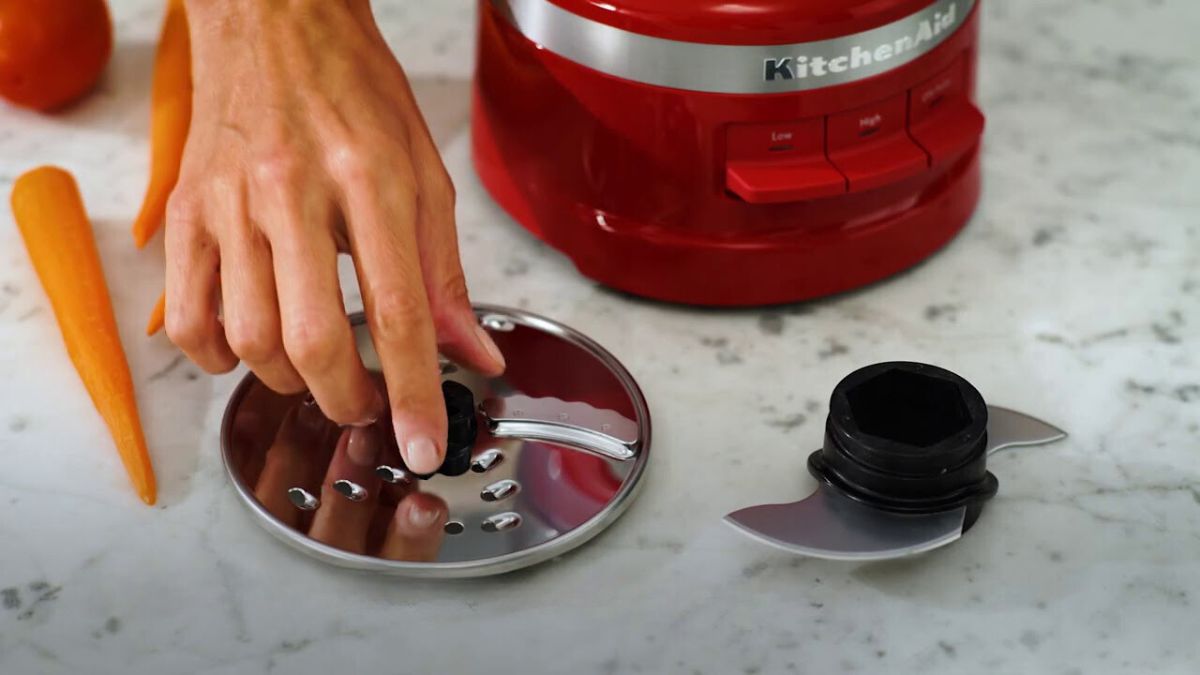
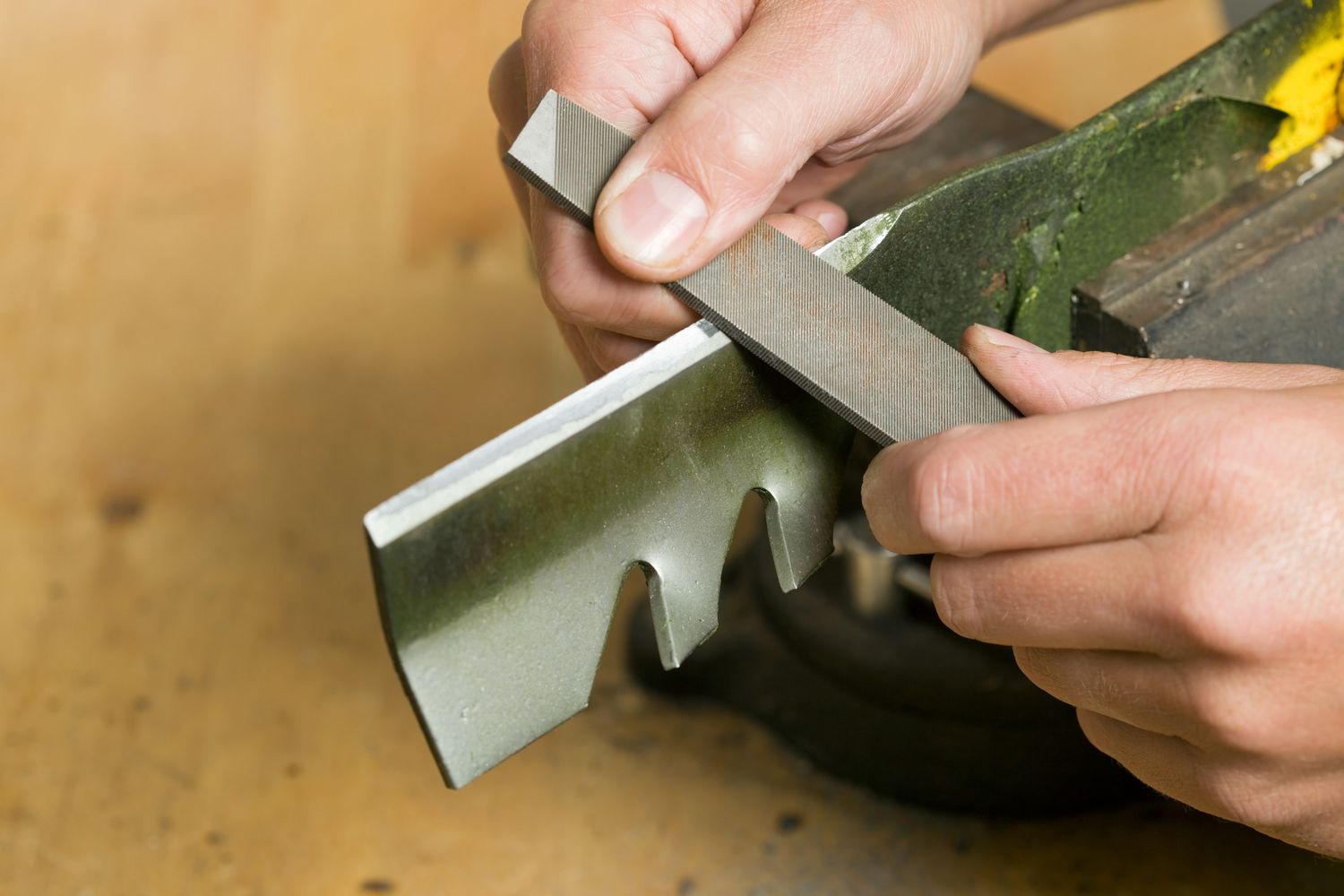
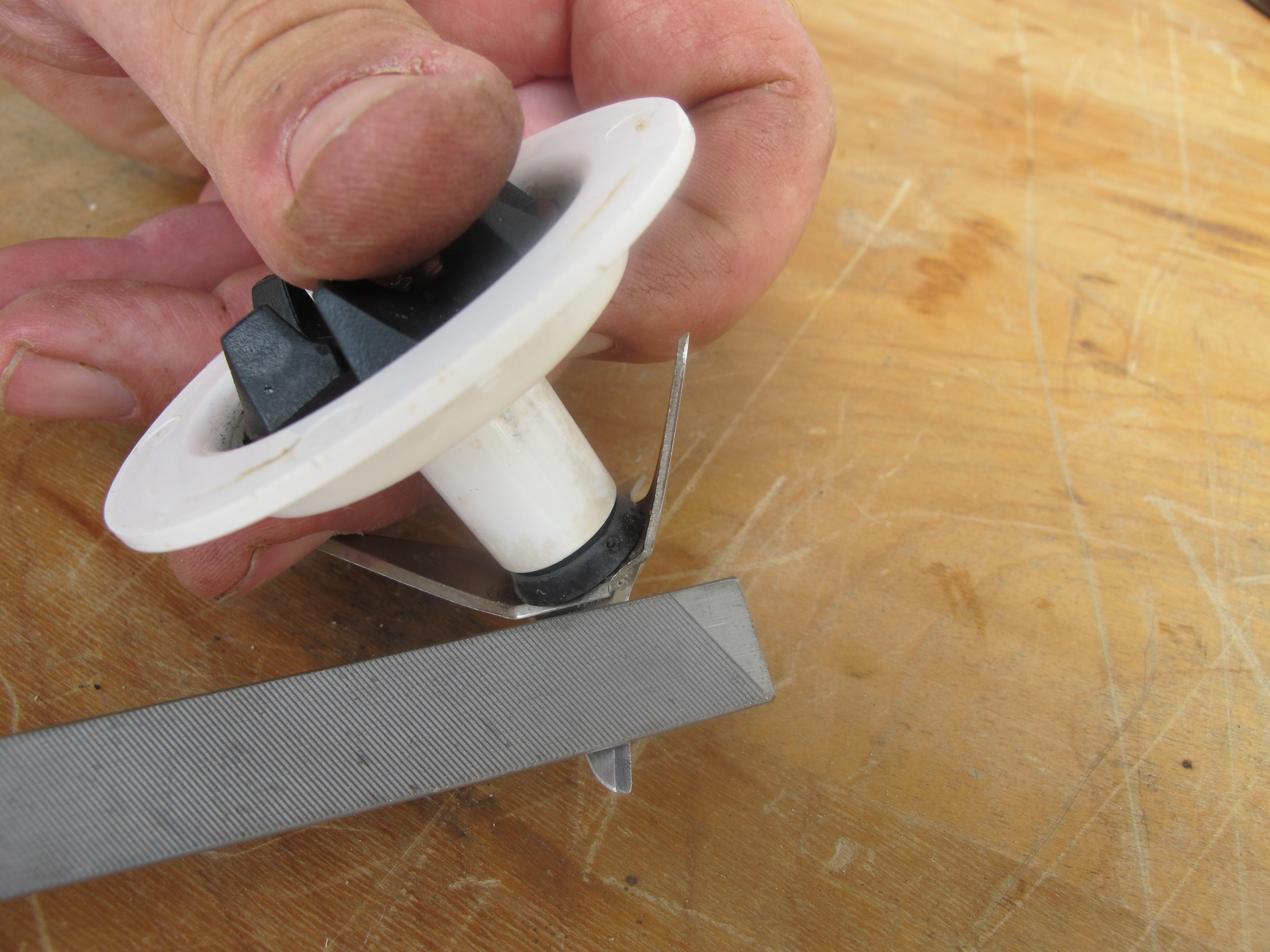
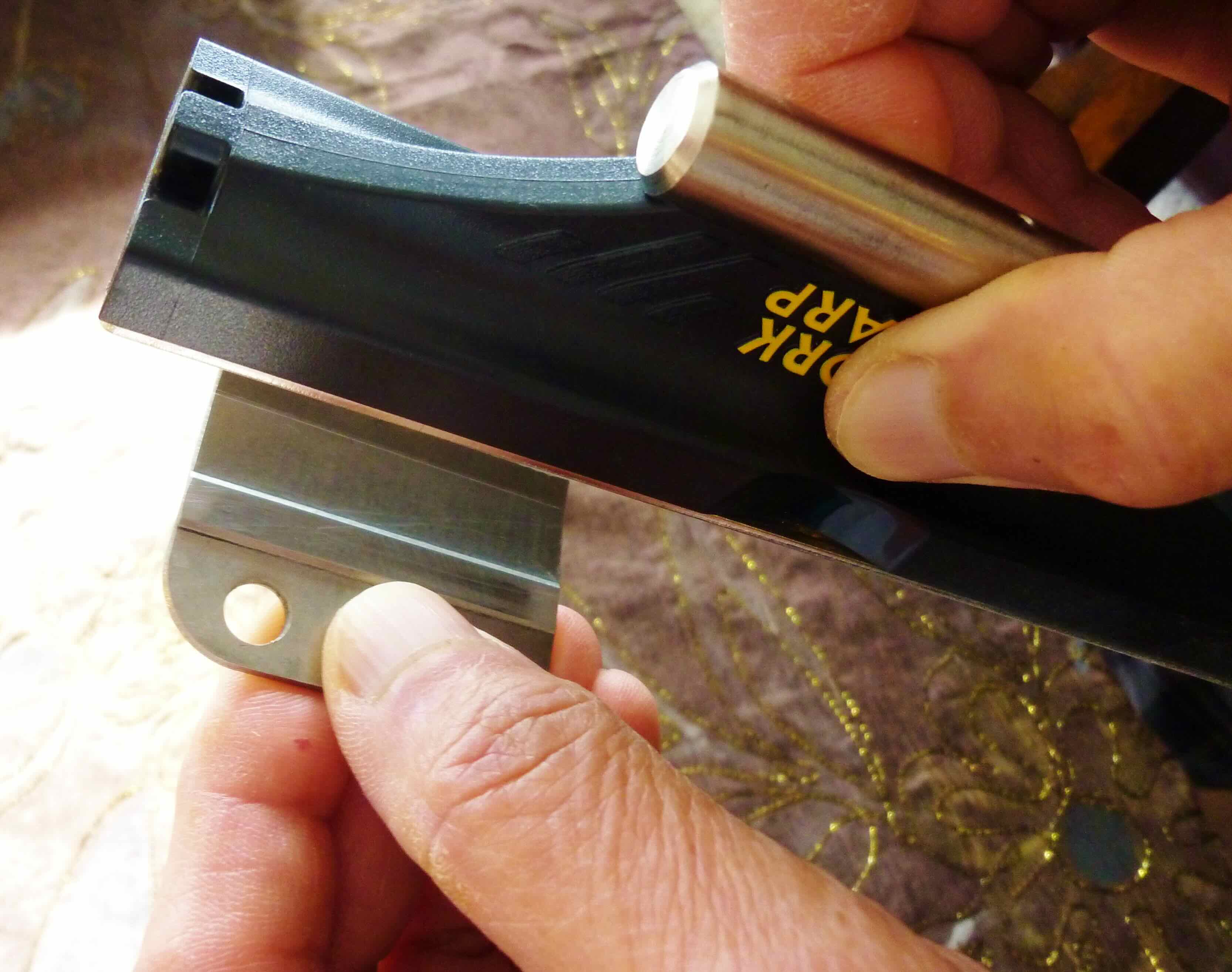
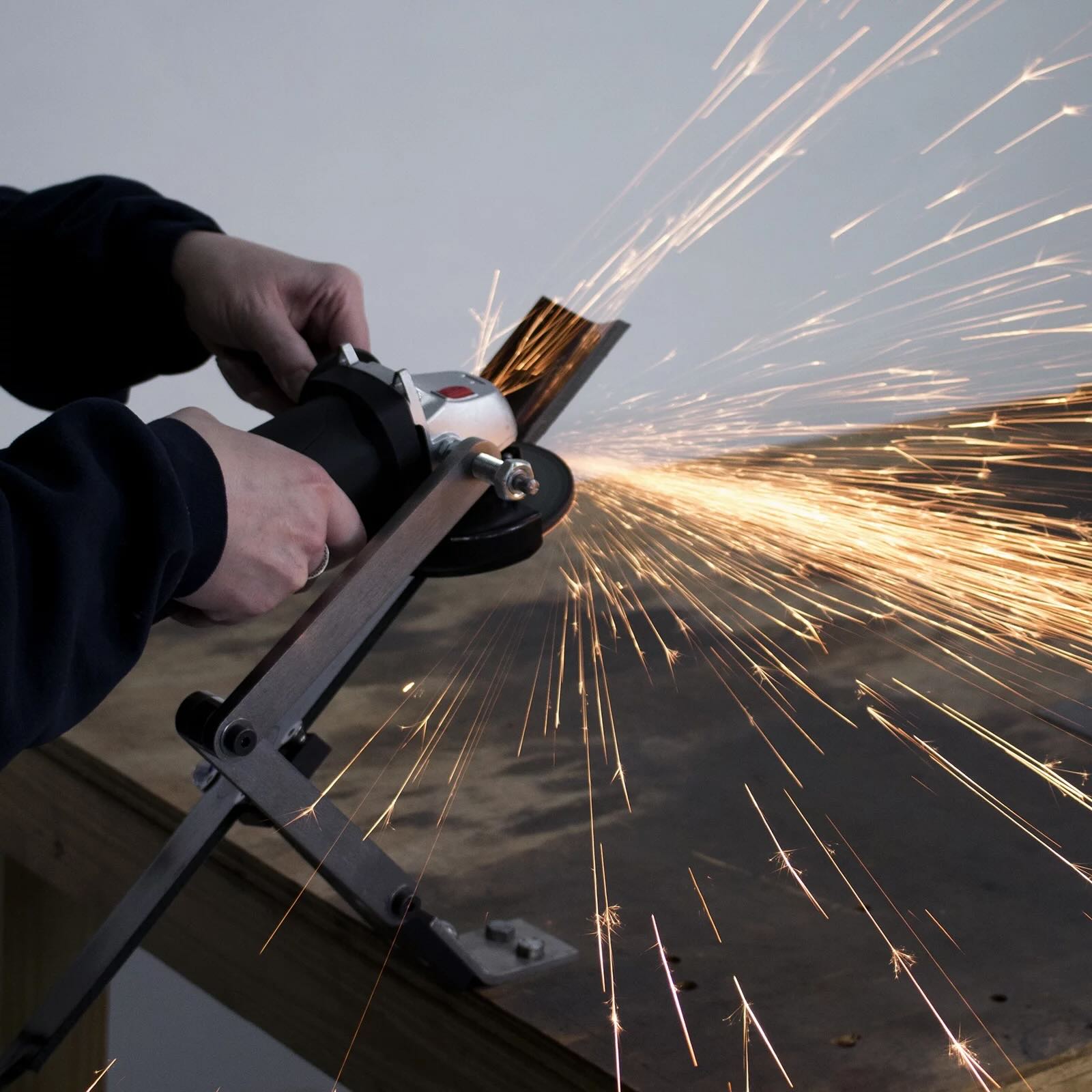
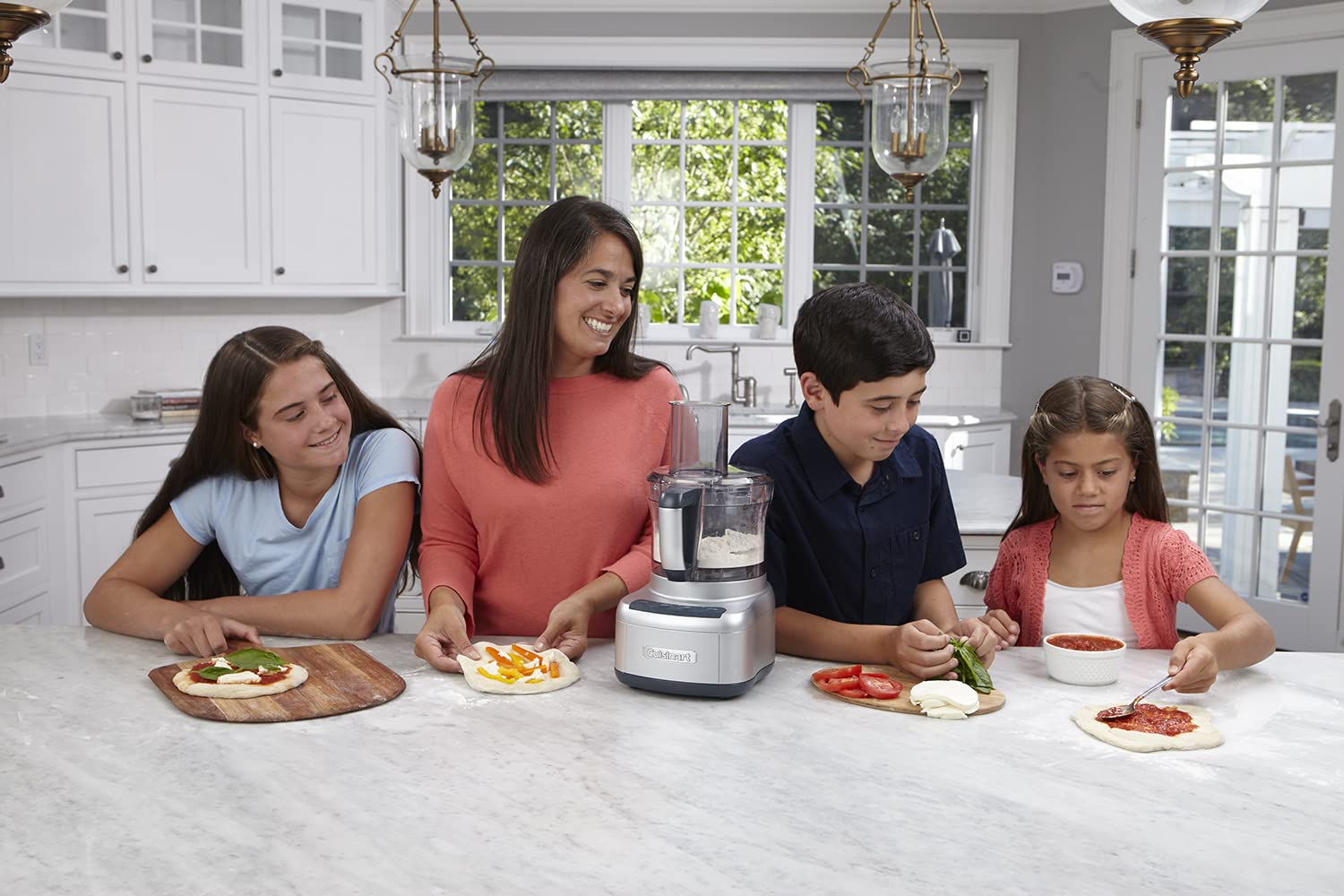
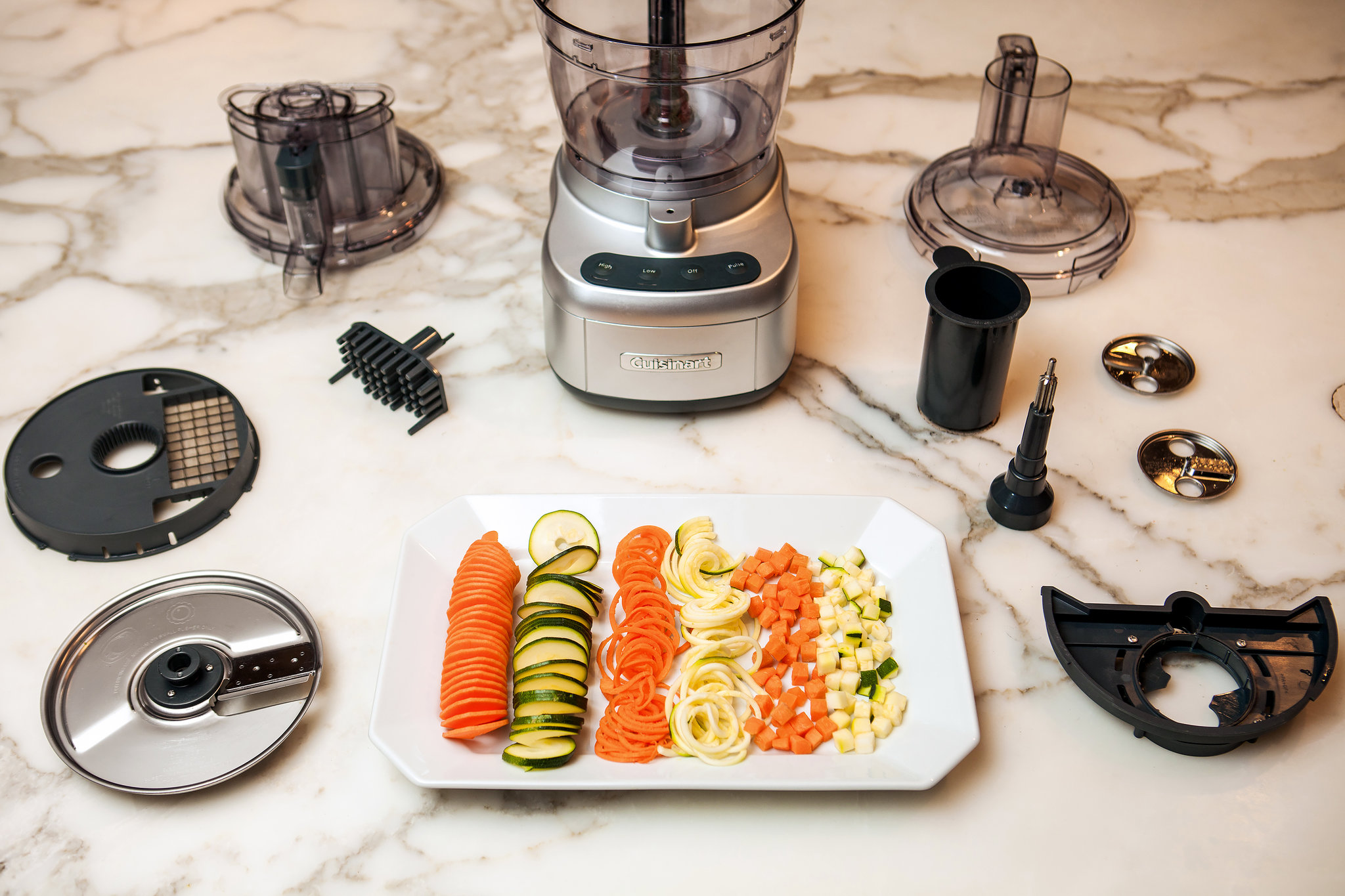
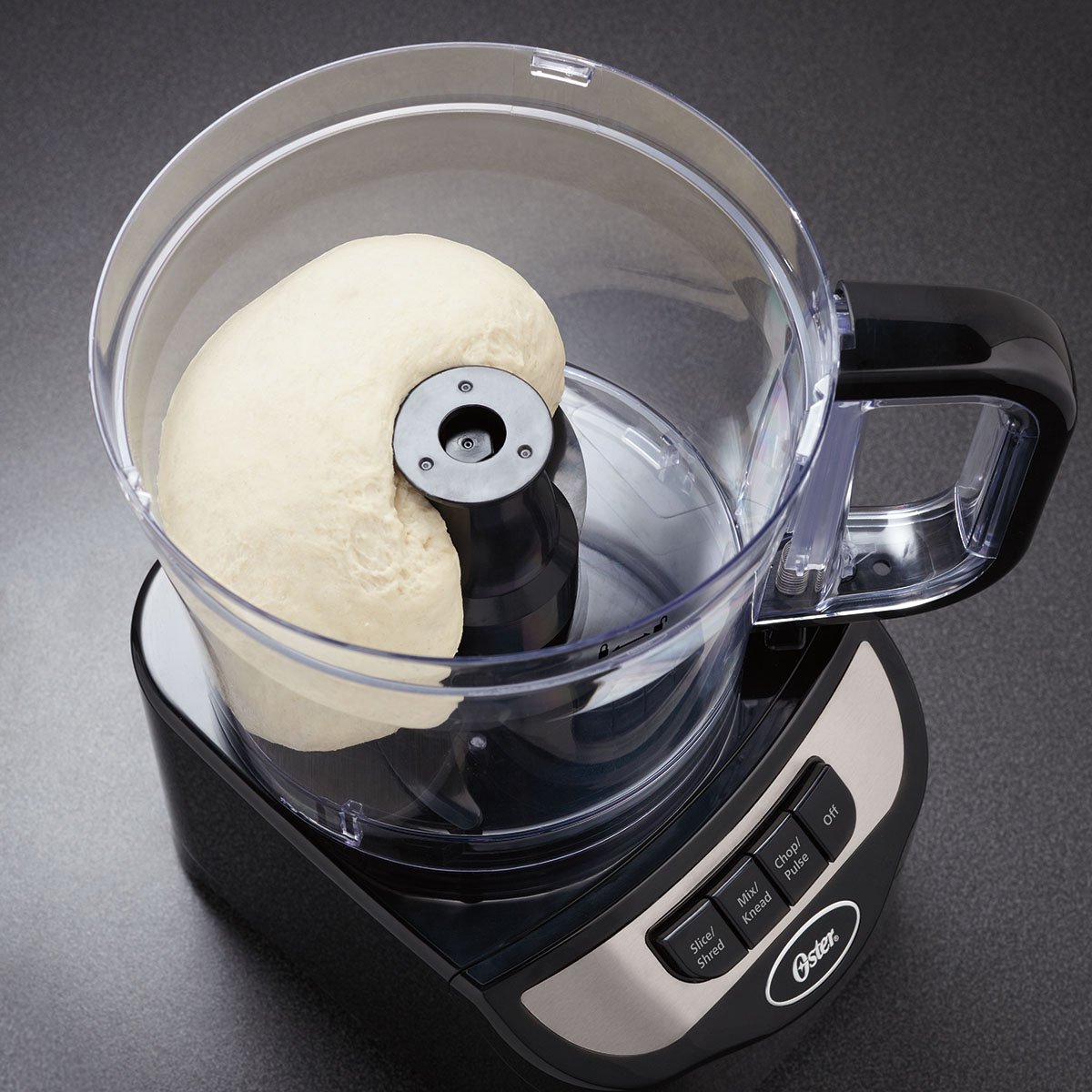
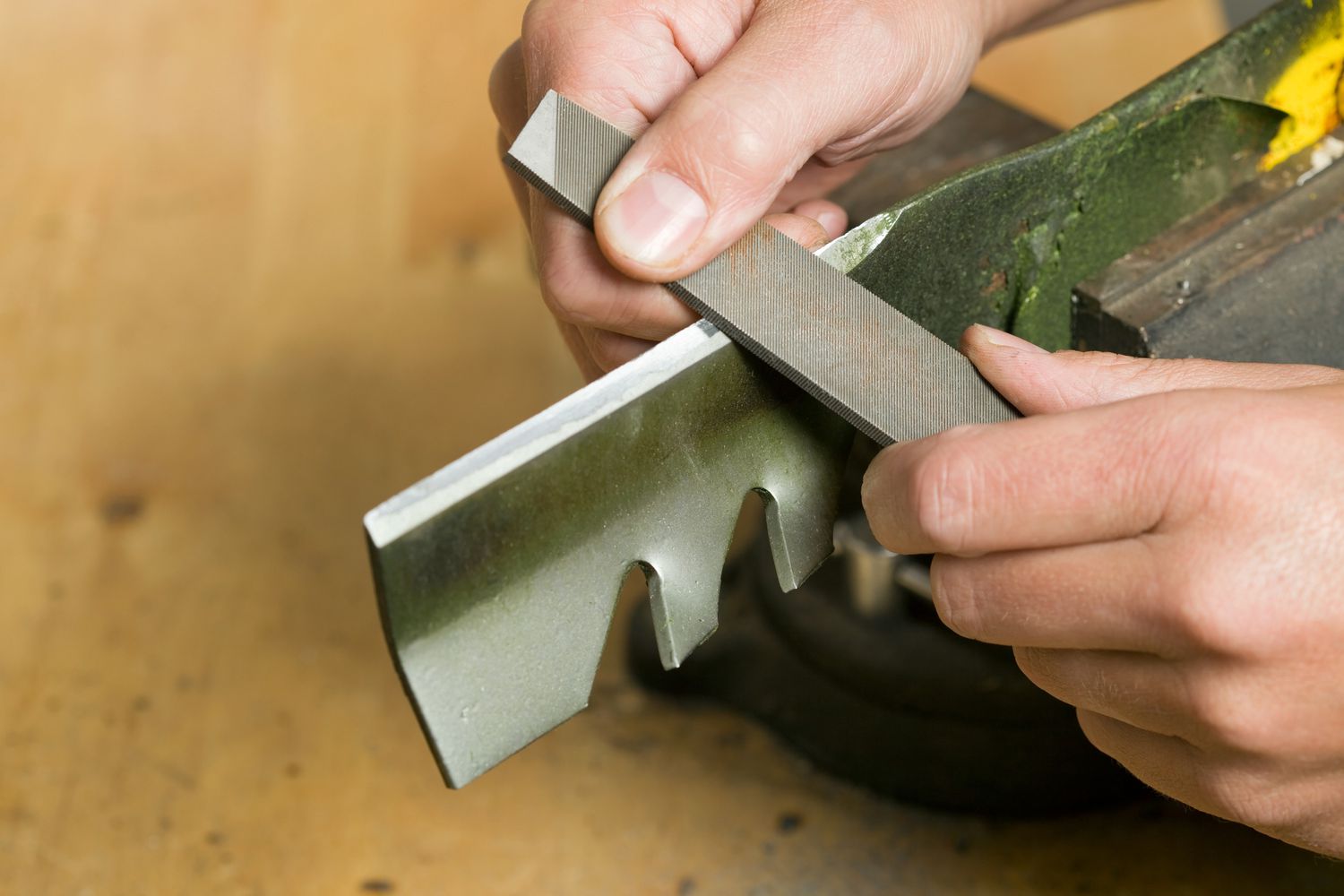
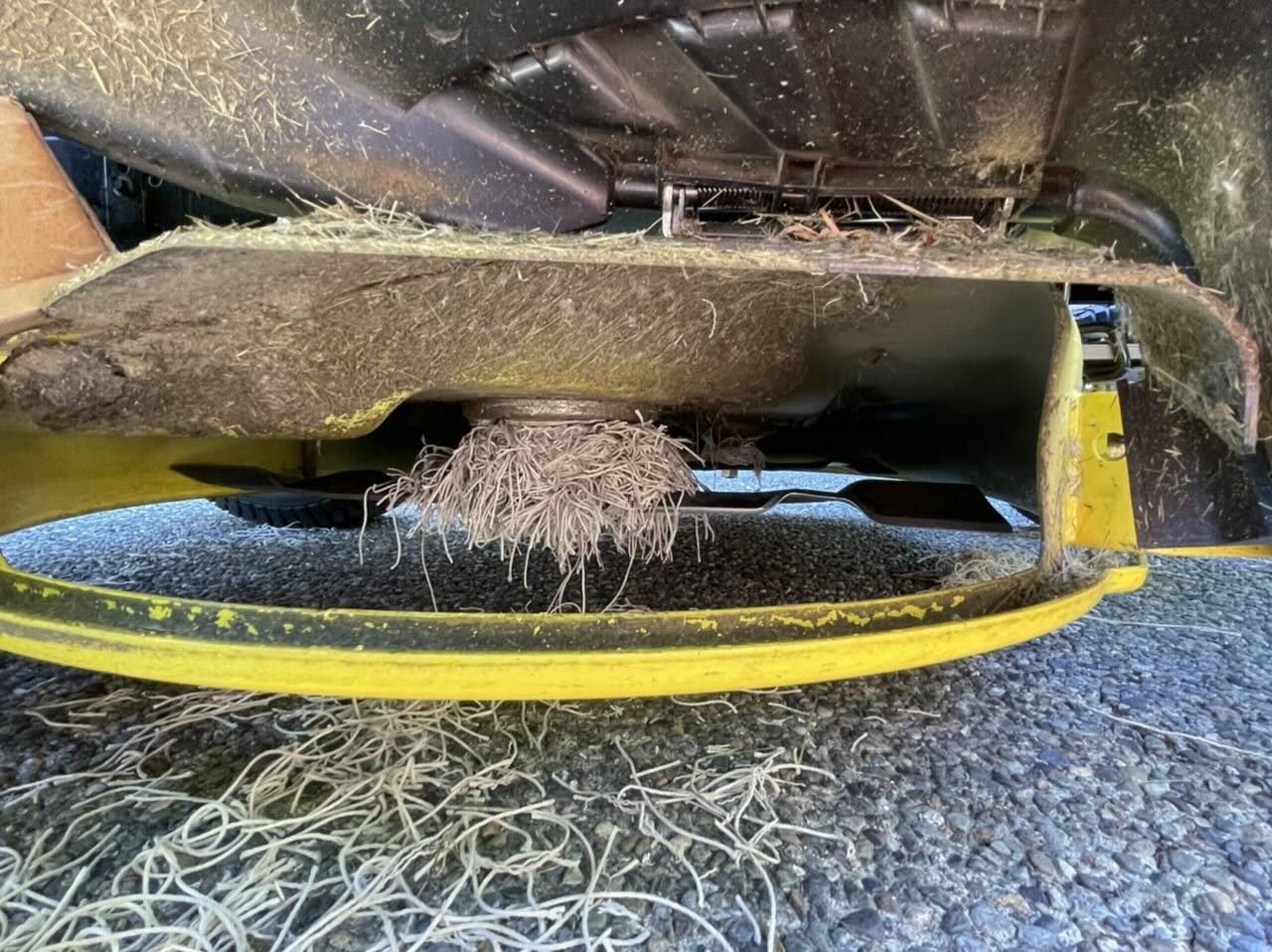
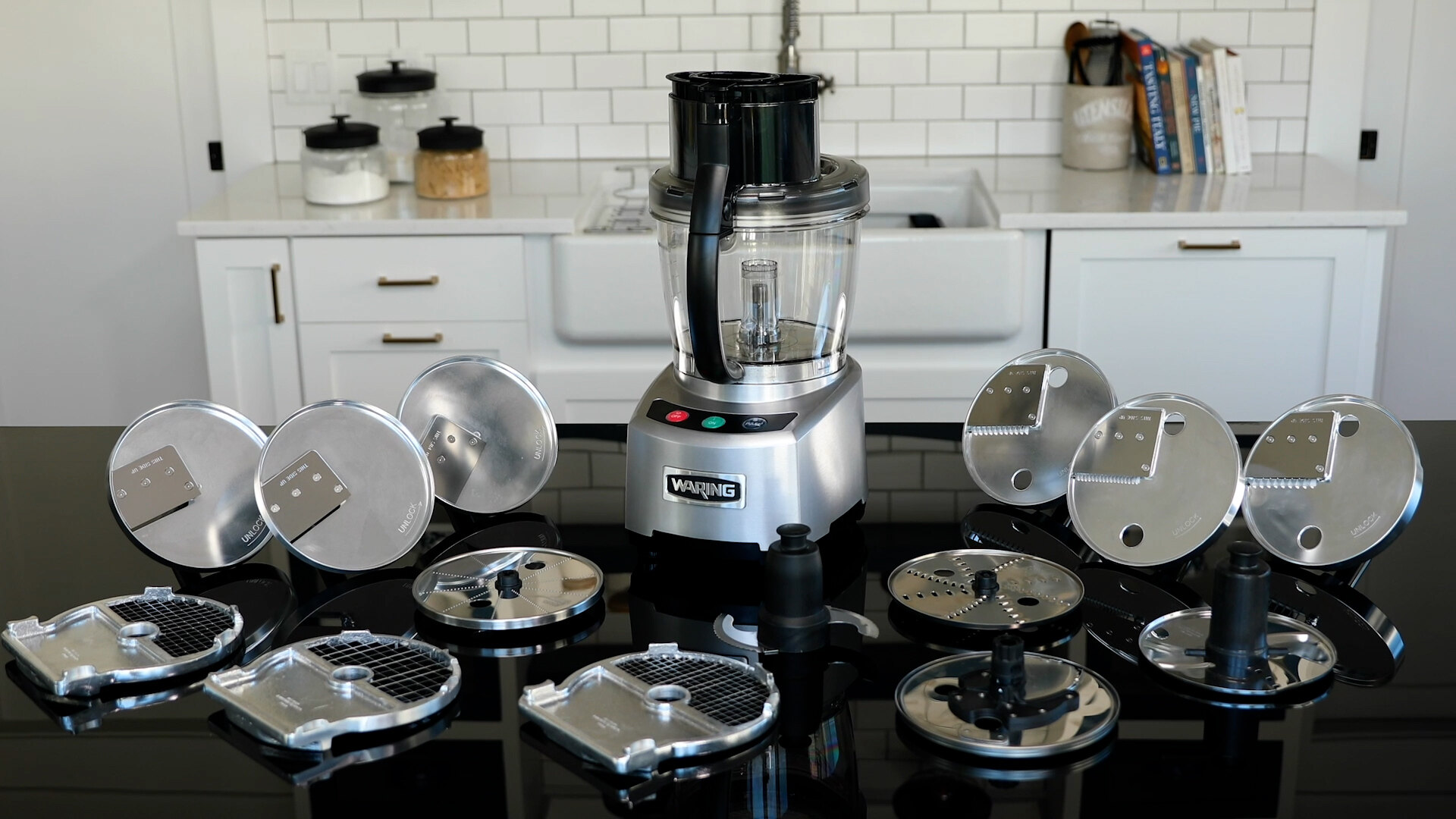
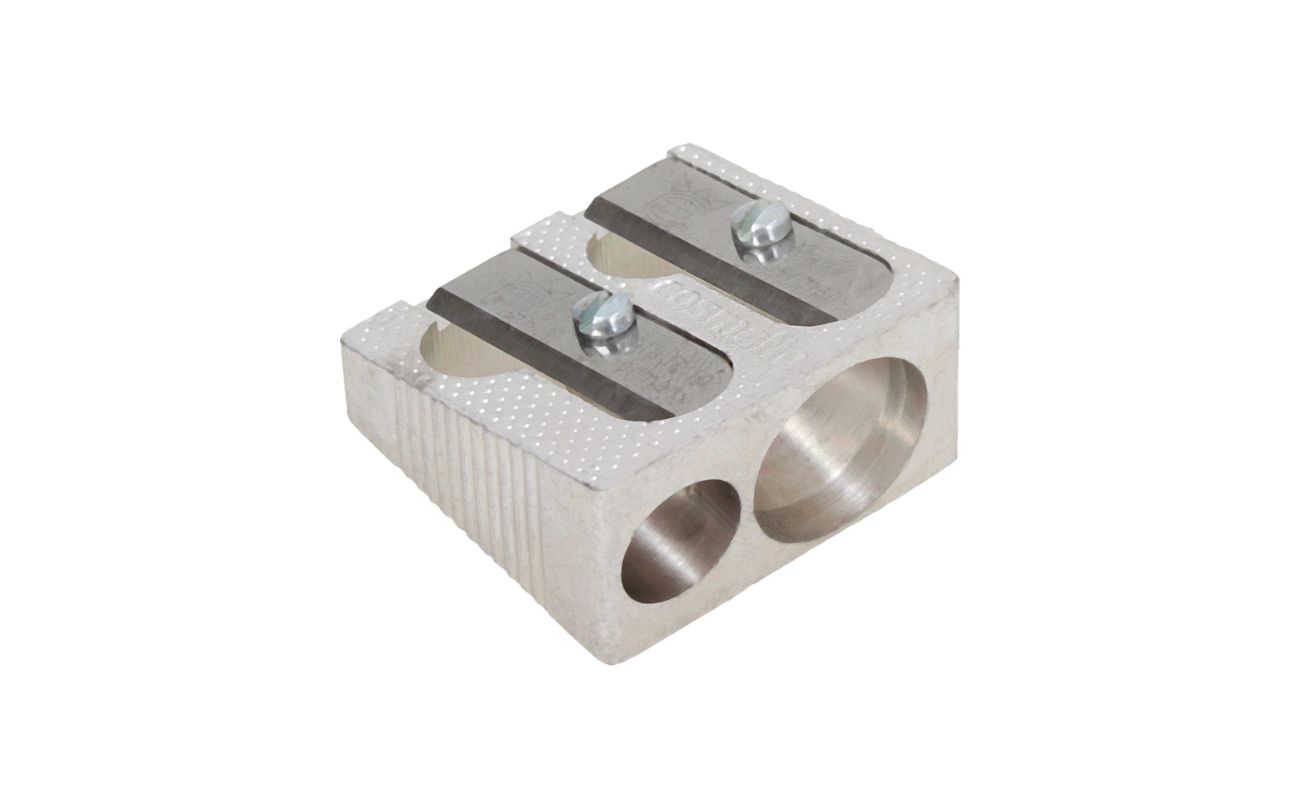
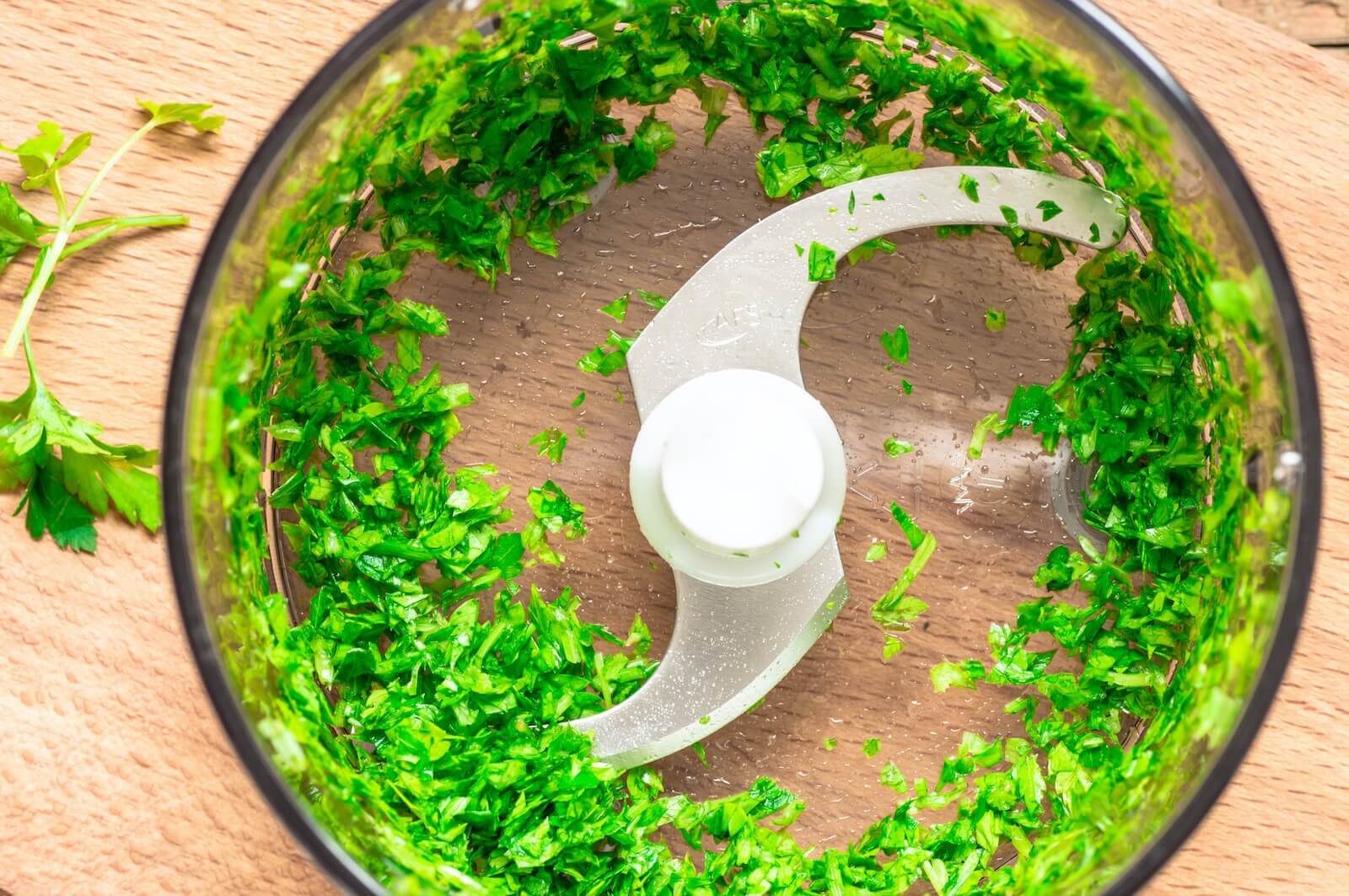
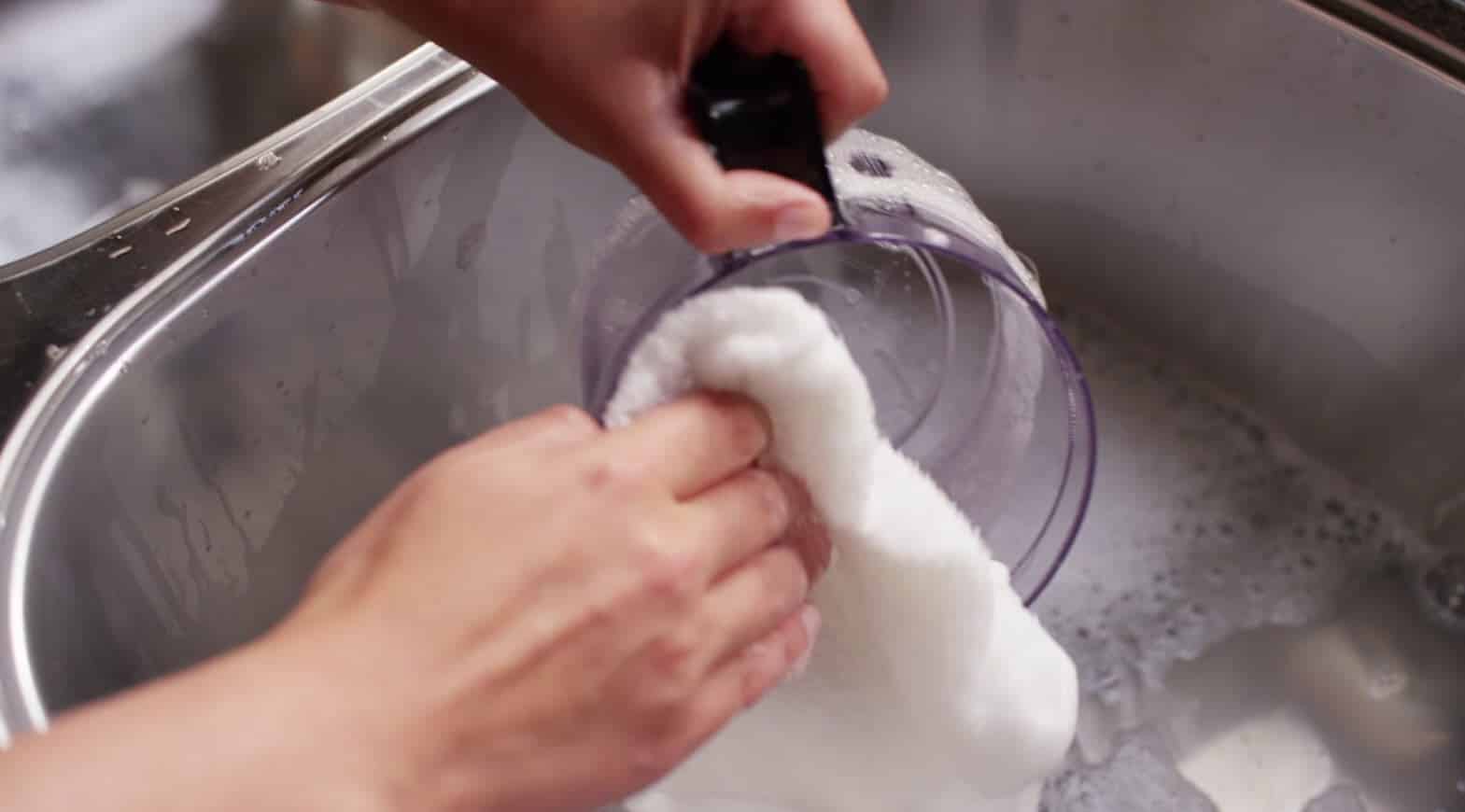

0 thoughts on “How To Sharpen Food Processor Blades”